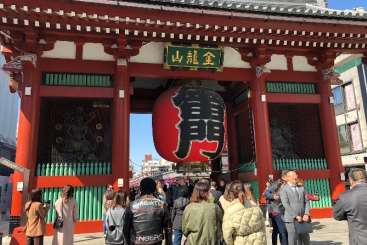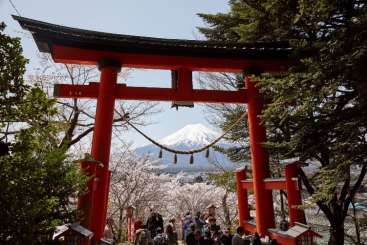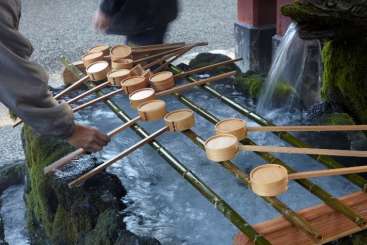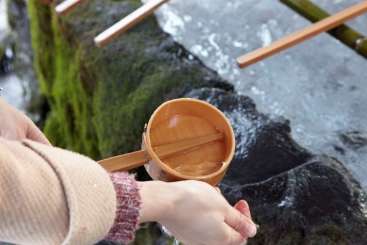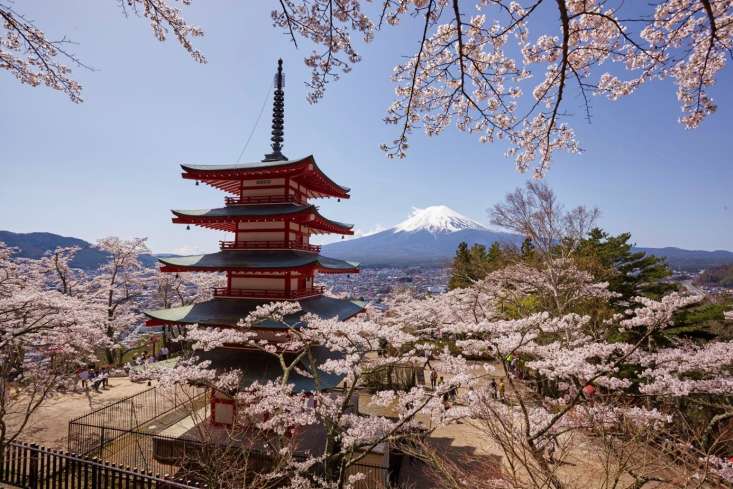
©JNTO
Shrine & Temple Visits – Best Practices
No matter where you travel in Japan, you won’t be far from the nearest Shinto shrine or Buddhist temple. Coming in all shapes and sizes and dedicated to everything from the merciful mother Kannon to the deity of cats, temples and shrines are an integral part of Japanese culture and factor in to special occasions, festivals, and holidays throughout the year. As a traveler, it can be confusing and perhaps even a little intimidating to know how to behave in these sacred spaces. Here is your crash course in shrine and temple etiquette as well as some unique experiences you shouldn’t miss during your visit.
Knowing the Difference
A shrine is dedicated to the Shinto belief system and are denoted by a torii gate which signifies the barrier between the earthly and spiritual realm. When walking through the gate, it is customary to bow once before passing through the gate and to always walk a little left or right of center – never walk through the exact middle of the gate. Temples however, serve the Buddhist religious tradition and have a Sanmon gate often decorated with Niozo temple guardian statues in the columns as can be seen at Sensoji temple in Asakusa.
Purifying
When entering a shrine, a temizuya or water pavilion will be available to purify your body before proceeding into the shrine. Follow these steps to purify with the locals:
1. First, scoop up water in a ladle with your right hand and pour water over your left hand.
2. Next, hold the ladle with your left hand and pour water over your right hand.
3. Finally, pour some water from the ladle into your left hand, rinse out your mouth, and spit the water out beside the fountain. Never touch the ladle directly to your mouth.
Temples may also have a temizuya and you can repeat the same ritual as you would for purifying at a shrine. Many temples also have incense (osenko) available for purchase and a small pavilion to place the incense where you may light it and pray. Many will also fan the smoke onto themselves as it is believed to have healing powers.
How to Approach the Altar
When visiting a shrine altar, toss a coin into the offering box and ring the bell to greet the deity of the shrine. Bow twice and then clap your hands twice before saying your prayer. Finally, bow once more before leaving to let the next worshipper pay their respects.
Temples are less detailed in their prayer ritual. You need only approach the altar, make your offering, and join your hands in a silent prayer – there is no need to clap.
Do’s & Don’ts
Do be sure to wear a comfortable pair of shoes which are easy to take off and put on as well as a good pair of socks as you may be asked to remove your shoes to enter temple buildings. Do be mindful of signs that may indicate that photography is prohibited in a particular area. Do not photograph or take video in these prohibited areas. Don’t speak loudly or shout in temples and shrines and do be respectful of worshippers. Do enjoy the rich history and culture surrounding temples and shrines as well as the interesting rituals that make the experience that much more immersive.
Immersive Experiences
Finally, there are many ways to make the most of your temple visit by participating in hands-on experiences. You can experience Buddhist cuisine at Michelin-starred Daihonzan Eiheiji temple, stay in a Buddhist temple and experience meditation and prayer with the Monks at Mt. Koya, or follow the path of famed monk Kobo Daishi and take a centuries old pilgrimage to the temples of the Shikoku 88 Temple Pilgrimage. These experiences are sure to bring out your inner Zen while connecting you with Japanese culture in an unforgettable way. Give them a try for yourself!
For this and more information on temple and shrine best practices, visit:
https://www.japan.travel/en/guide/shrine-and-temple-traditions/



















































